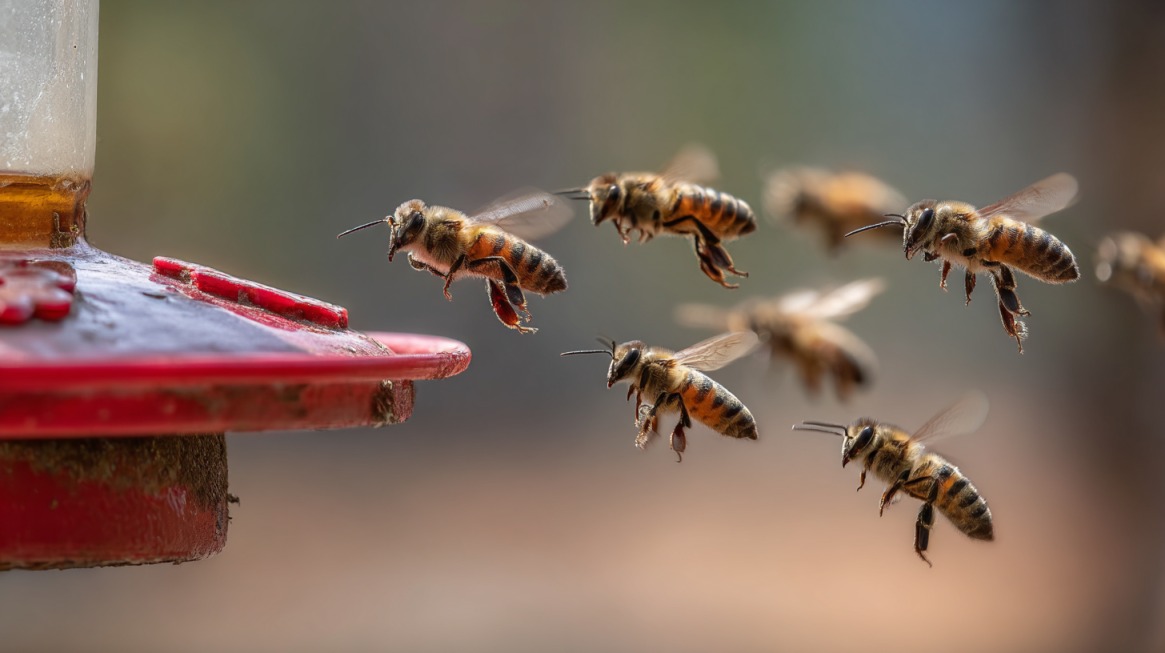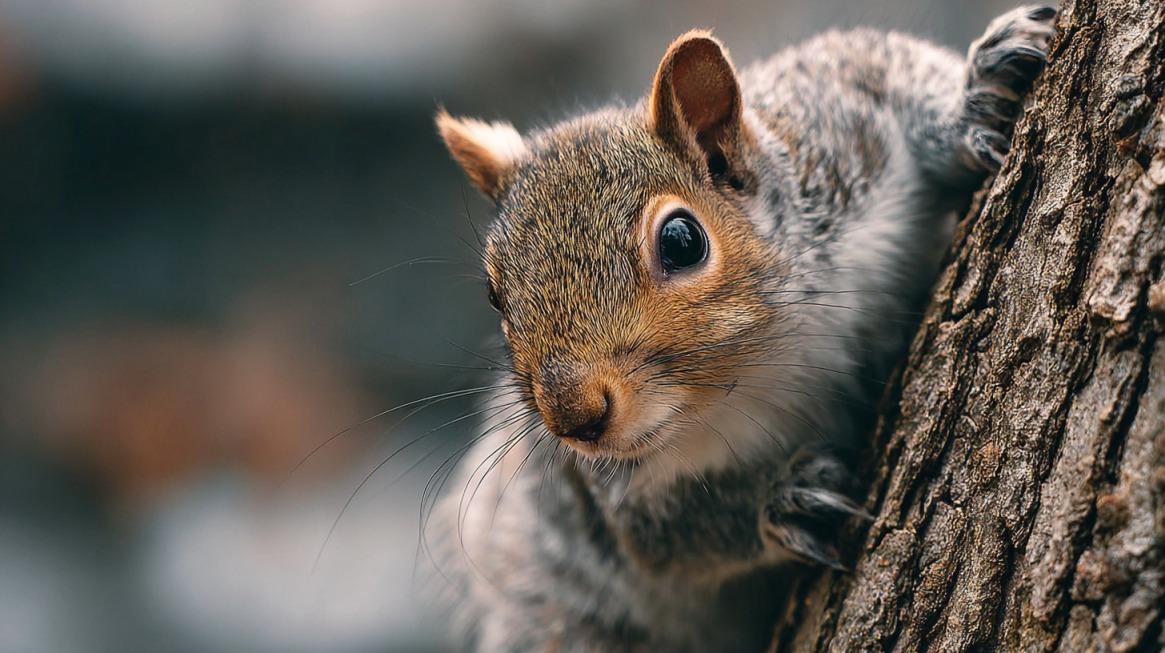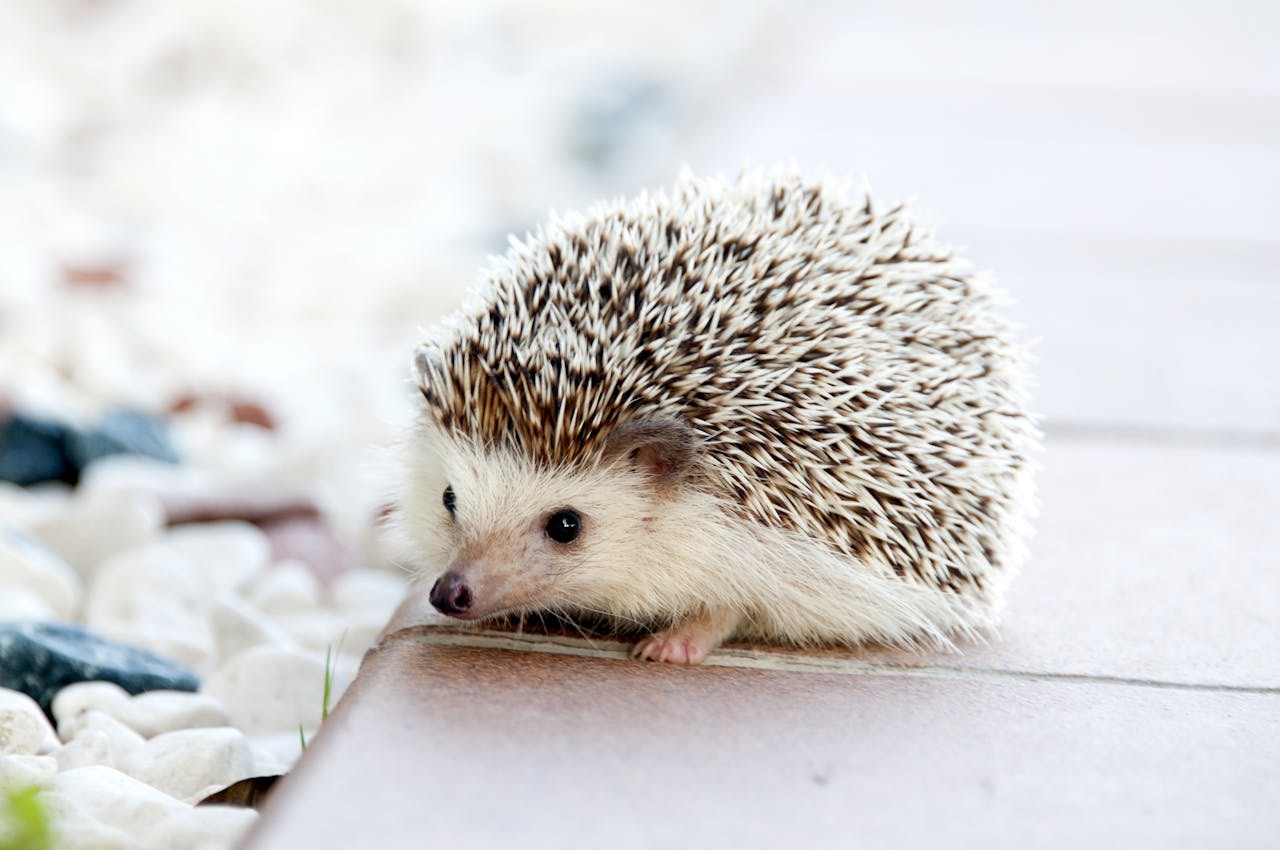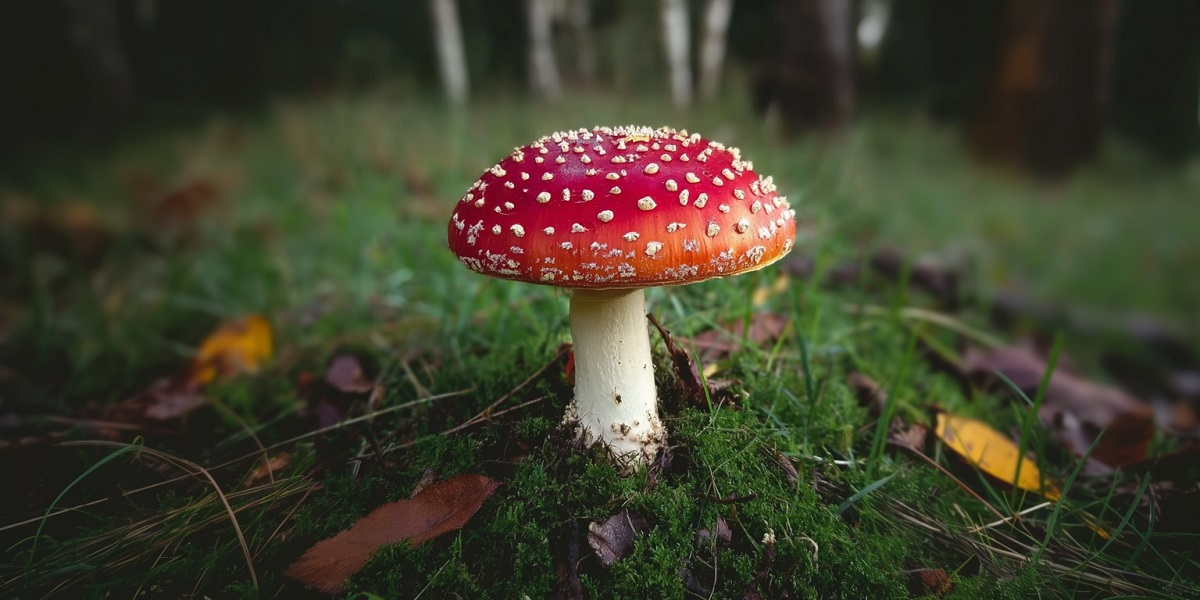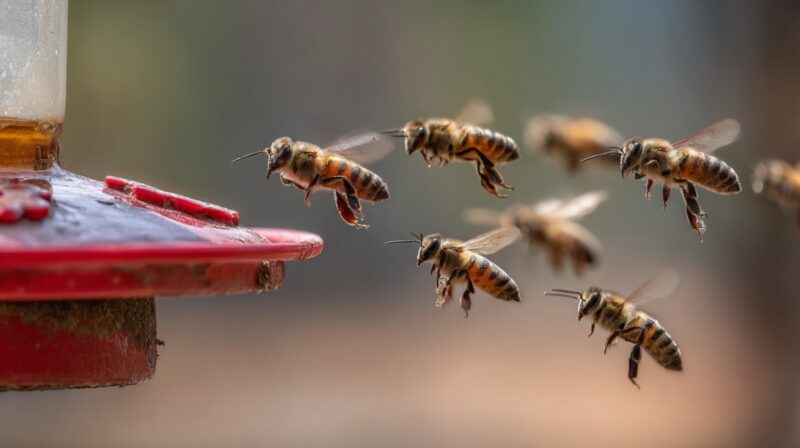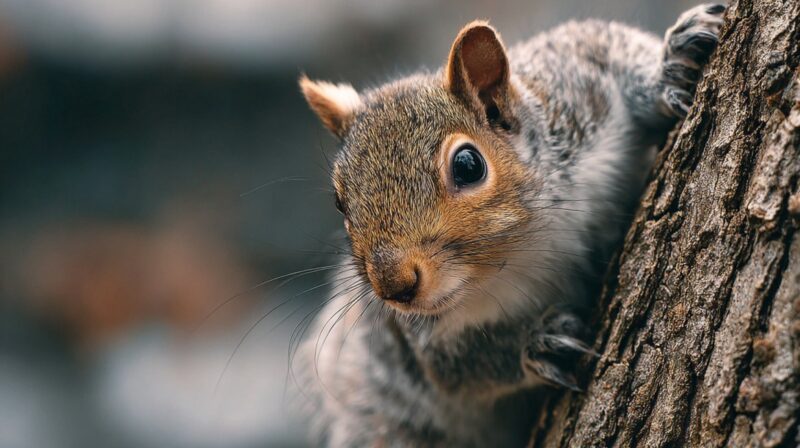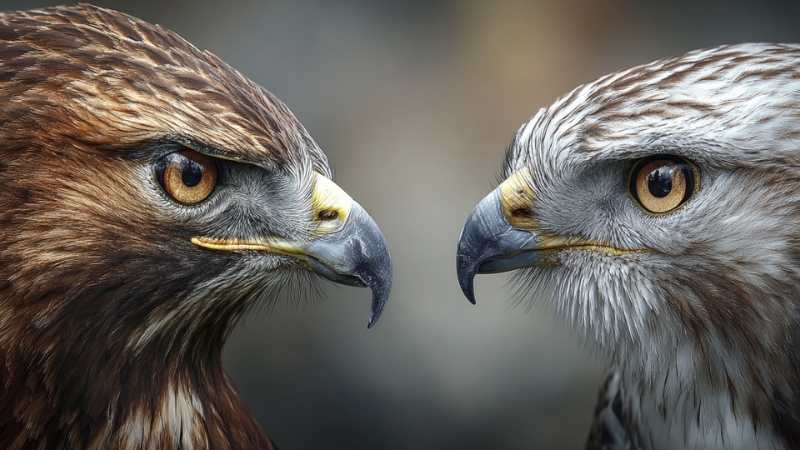
Share Post:
If you’ve ever looked up and seen a powerful bird circling the sky, you might have wondered, Is that a hawk or a falcon?
Both are apex aerial predators known for precision hunting, sharp vision, and incredible speed. Yet despite their shared reputation, hawks and falcons belong to entirely different bird families and differ in anatomy, behavior, and hunting strategy.
The simplest answer:
Falcons are sleeker, faster, and built for high-speed pursuit, while hawks are broader, stronger, and rely on surprise ambushes from perches or glides.
But the differences go far deeper than just flight style. From their talons to their temperament, here’s a complete look at what sets hawks and falcons apart, including speed comparisons, species examples, and behavioral distinctions.
Table of Contents
ToggleTaxonomy and Classification
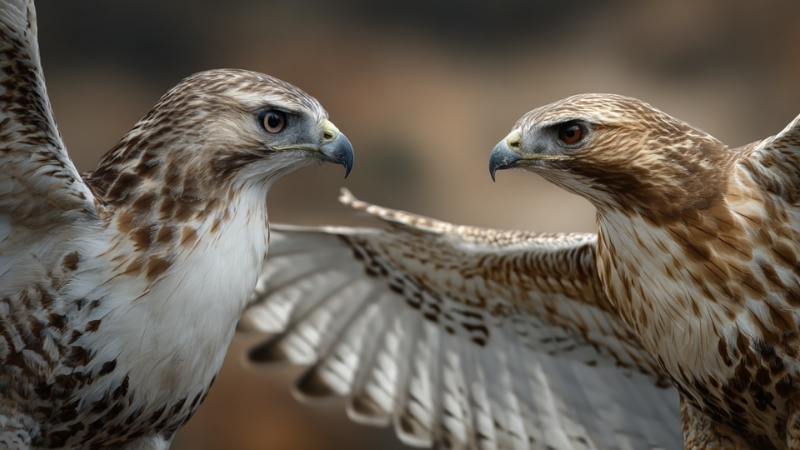
While they might seem similar to casual observers, hawks and falcons come from two entirely separate bird families.
Category
Hawk
Falcon
Scientific Family
Accipitridae
Falconidae
Common Genus
Accipiter, Buteo, Parabuteo
Falco
Closest Relatives
Eagles, kites, harriers
Caracaras, kestrels
Evolutionary Lineage
More ancient, evolved before falcons
More modern, adapted for speed and precision
Hawks are true raptors with broad wings and sturdy legs, while falcons belong to a smaller, more specialized branch designed for extreme aerial agility.
Physical Differences – Shape, Size & Anatomy
At a glance, hawks and falcons can look similar, but if you know what to look for, they’re easy to tell apart.
Wings and Flight Structure
Feature
Hawks
Falcons
Wings
Broad, rounded
Long, narrow, and pointed
Tail
Wid helps with steering in forests
Slim, tapered, helps with speed
Flight Style
Soaring and gliding
Fast flapping and stooping dives
Build
Stocky and muscular
Sleek and aerodynamic
Hawks have shorter, rounder wings ideal for maneuvering through trees and ambushing prey in wooded areas.
Falcons, on the other hand, are built for high-speed aerial pursuit in open skies; think of them as the fighter jets of the bird world.
Beak and Talons
Another key difference lies in their weaponry.
This distinction reflects their entire hunting philosophy; hawks use strength and restraint, falcons use precision and velocity.
Speed – The Falcon’s Greatest Advantage
When it comes to speed, falcons dominate. The peregrine falcon is the fastest animal on Earth, capable of diving at over 240 mph (386 km/h).
Species
Type
Top Speed
Hunting Style
Peregrine Falcon (Falco peregrinus)
Falcon
240 mph dive
Stooping from great heights to strike prey mid-air
Gyrfalcon (Falco rusticolus)
Falcon
130 mph dive
Chases prey across tundra skies
Red-tailed Hawk (Buteo jamaicensis)
Hawk
120 mph dive
Glides and ambushes from above
Cooper’s Hawk (Accipiter cooperii)
Hawk
60 mph
Swift flyer in forests, agile in pursuit
While some hawks are fast in short bursts, falcons win in sustained velocity and acceleration. Their slim wings and streamlined bodies minimize drag, turning them into natural projectiles.
Hunting Strategy and Prey
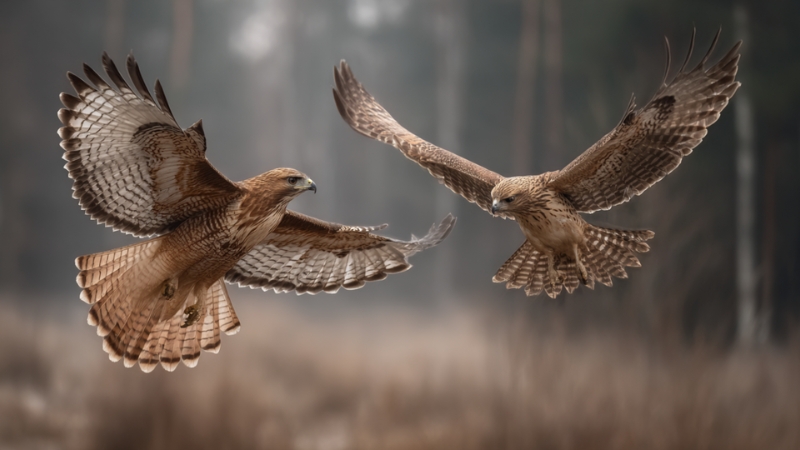
Hawks – The Ambush Experts
Hawks prefer stealth and surprise. They often perch quietly, scanning for movement, then dive with explosive force when prey appears.
Typical Prey
Small mammals, snakes, lizards, birds
Technique
Ambush or swooping from trees
Habitat
Forest edges, grasslands, deserts
Behavior
Often solitary hunters
Some, like the red-tailed hawk, are masters of soaring, circling high above open fields before diving silently on their targets.
Falcons – The Aerial Predators
Falcons hunt on the wing, relying on speed and maneuverability. They often spot prey mid-flight, dive from great heights, and strike with a powerful blow or grab the target mid-air.
Typical Prey
Small birds, pigeons, bats, and insects
Technique
High-speed chase or stooping dive
Habitat
Open skies, cliffs, coastal plains, and urban areas
Behavior
Territorial, precision hunters
The peregrine falcon uses gravity and precision, folding its wings tight and striking at incredible velocity, a hunting method unmatched in the animal kingdom.
Behavior and Temperament
Trait
Hawks
Falcons
Temperament
Cautious, territorial, patient
Bold, restless, highly energetic
Social Behavior
Mostly solitary
Often monogamous pairs
Nesting
Trees or cliffs
Cliff ledges, city skyscrapers
Interaction with Humans
Can adapt to rural areas
Thrive even in cities (pigeons = prey)
Hawks are often more grounded and observant, spending long hours scanning landscapes from high perches. Falcons, however, are more dynamic and restless, patrolling the air and relying on continuous movement to find opportunities.
Interestingly, both have adapted to city life; peregrine falcons now nest on skyscrapers and hunt pigeons over urban skylines, while red-tailed hawks patrol parklands and highway trees.
Size and Appearance
Falcon Vs Hawk: Do You Know The Difference?https://t.co/ZYBa3n8Zyw
— IFLScience (@IFLScience) May 1, 2024
In general, hawks are heavier and broader, while falcons are slimmer and faster. Though neither ranks among the 30 largest living birds in the world, both hold a dominant presence in the sky for their size.
Feature
Hawk
Falcon
Average Size Range
1–3.5 lbs (0.5–1.6 kg)
0.7–3 lbs (0.3–1.4 kg)
Wingspan
3–5 ft
2–4 ft
Body Shape
Muscular, rounded
Streamlined, slender
Flight Silhouette
Broad wings, fanned tail
Pointed wings, long tail
Examples:
Distribution and Habitat
Region
Hawk Presence
Falcon Presence
North America
Red-tailed, Cooper’s, Harris’s hawks
Peregrine, American kestrel, prairie falcon
Europe
Goshawks, buzzards
Peregrines, merlins, hobbies
Africa
African harrier-hawk
Lanner falcon, peregrine
Asia
Shikra, crested goshawk
Saker falcon, Amur falcon
Hawks tend to dominate woodlands and open countryside, while falcons thrive in open-air habitats, cliffs, plains, deserts, and increasingly, cities.
Falconry and Human Connection
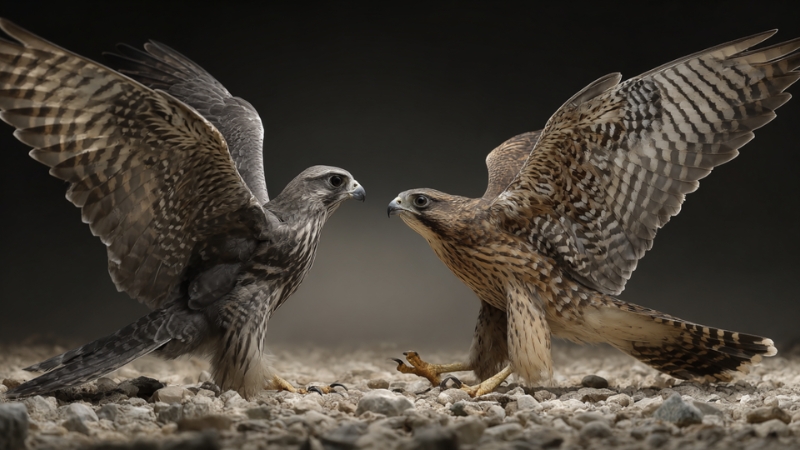
Bird Type
Preferred in Falconry For
Falcon
Fast, dramatic aerial strikes
Hawk
Obedience, adaptability, and controlled hunting style
Harris’s hawk is particularly popular because it’s sociable, trainable, and works well in small groups, a rarity among raptors.
Lifespan and Conservation
Aspect
Hawks
Falcons
Lifespan (wild)
10–20 years
8–15 years
Threats
Habitat loss, pesticides, collisions
Illegal trapping, pollution, and habitat decline
Conservation Success
Red-tailed and Cooper’shawks are stable
Peregrine falcon recovered from near extinction (DDT era)
The peregrine falcon’s story is one of conservation triumph, after DDT decimated populations mid-20th century, global breeding programs and bans helped it recover spectacularly.
Today, it’s thriving in both wild cliffs and skyscraper ledges.
The Bottom Line
@centerforbirdsofprey Hawk vs falcons are a great example of convergence. Although these two raptors have a somewhat similar body shape, behavior and habitat, they are not related to each other at all.🤔 Visit our Center right outside of #Charleston to learn more about raptors of all shapes and sizes. #centerforbirdsofprey #hawk #falcon ♬ original sound – Center for Birds of Prey
While both hawks and falcons are majestic predators that rule the skies, they represent two different philosophies of flight and hunting.
Whether circling over forests or streaking across the horizon at 200 mph, both remind us of nature’s evolutionary brilliance, two distinct paths leading to the same result: perfect mastery of the sky.
In short, Hawks dominate through strength and strategy. Falcons dominate through speed and precision. Both are equally extraordinary.




